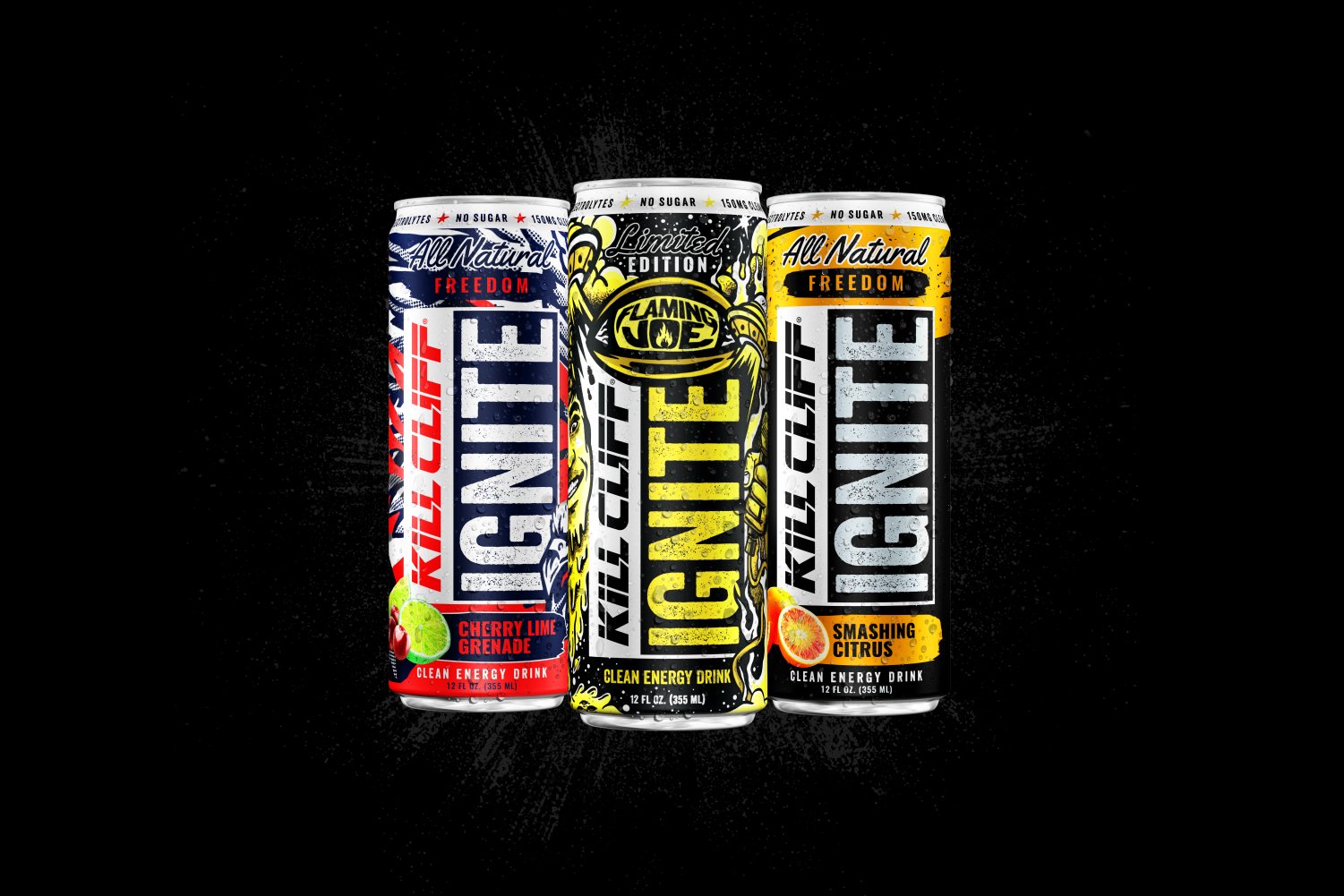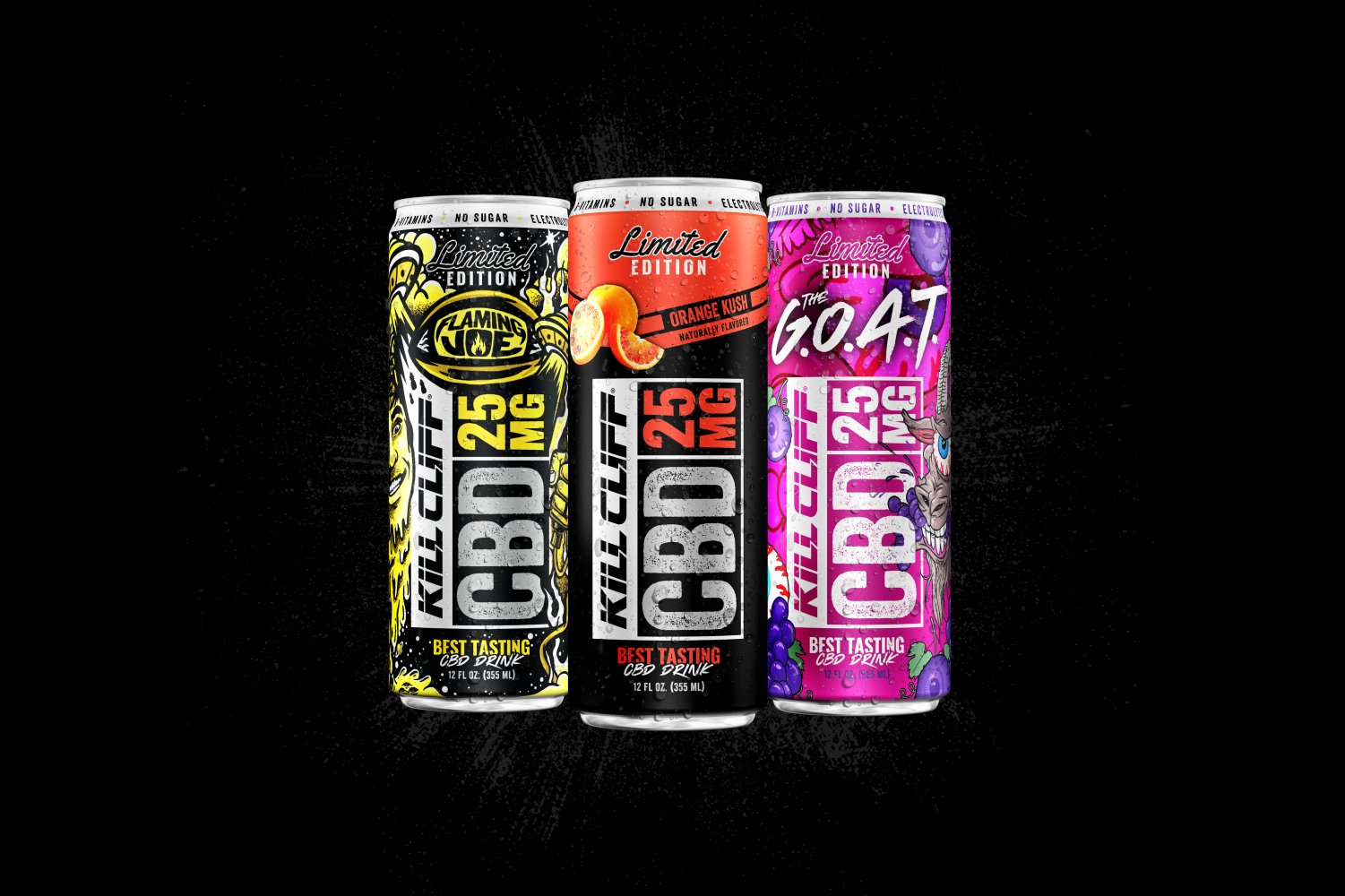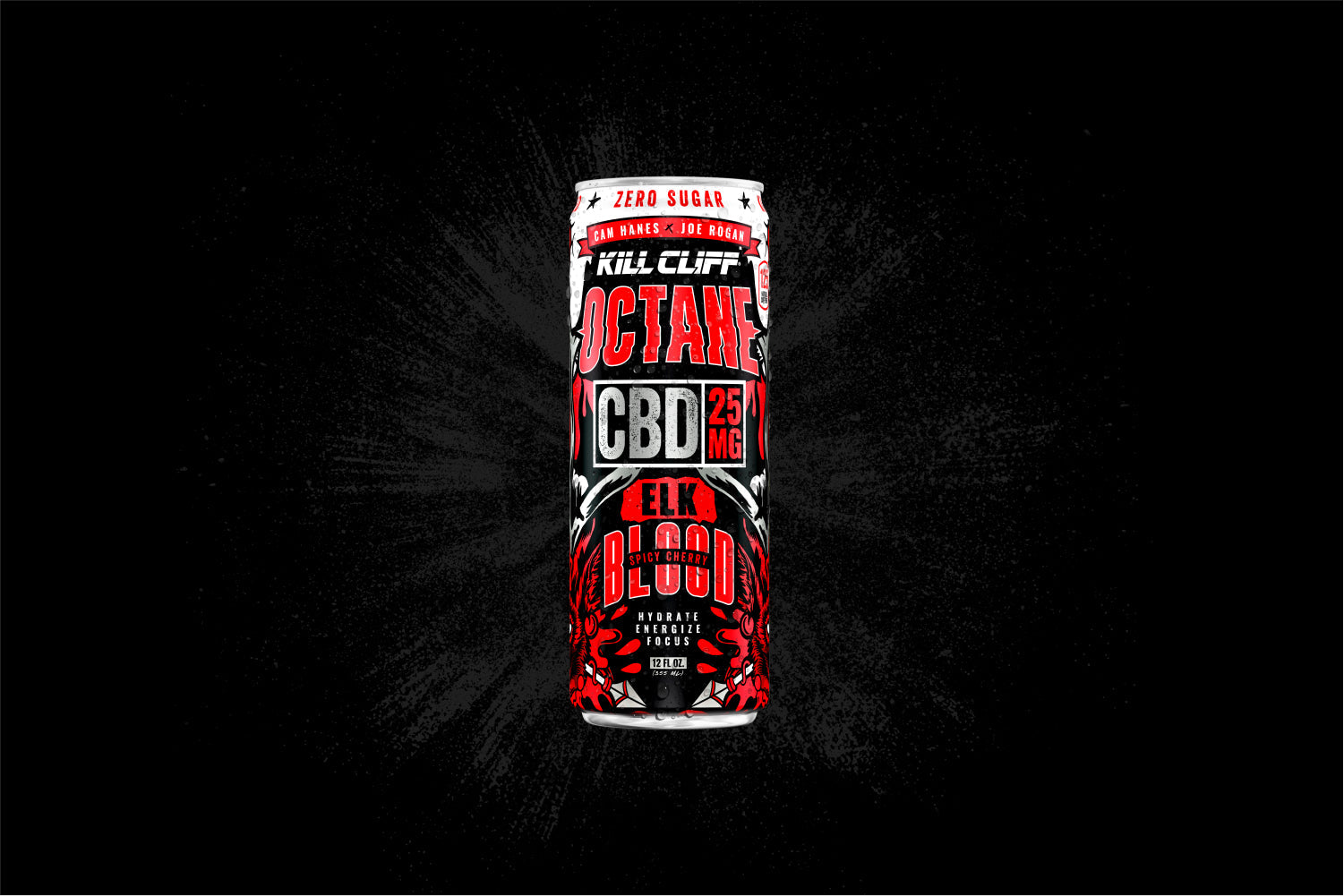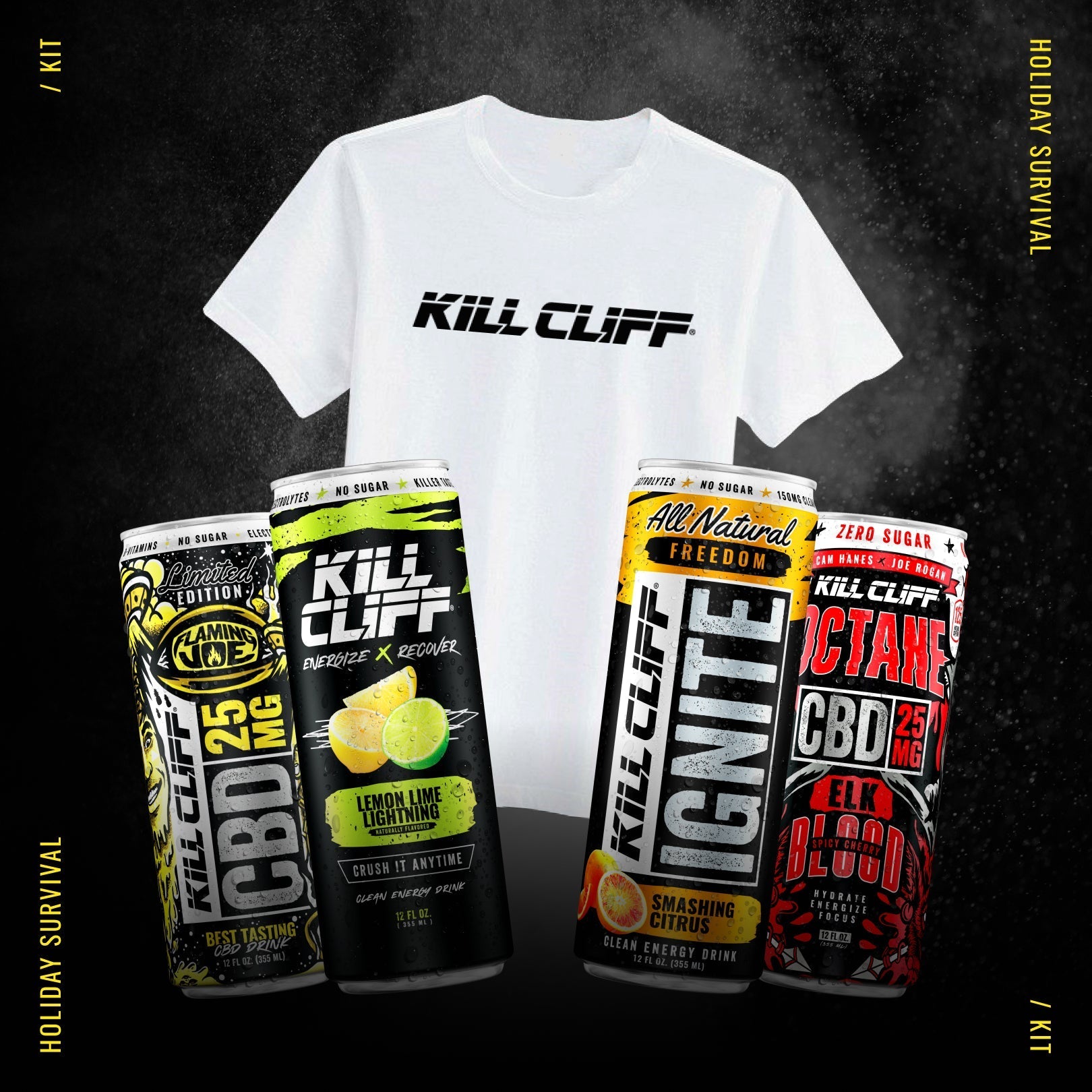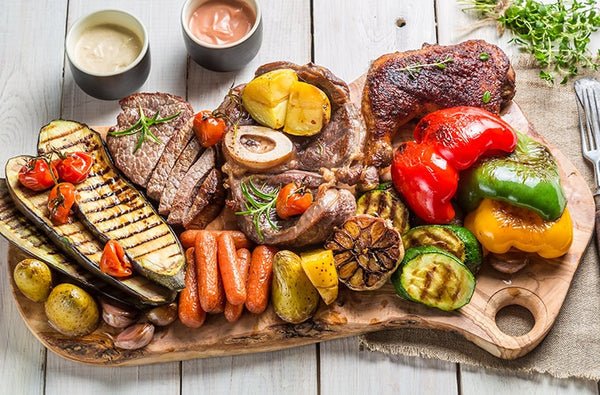Diets fads are like music: They come and go and people argue over which one was the best.
In 1820s, it was the vinegar and water diet. In the 1950s, people subscribed to the cabbage soup diet. As years passed, more diets gained popularity. The grapefruit diet, the Atkin’s diet, raw foods only, Mediterranean, Whole30, juice cleanses, fasting, the list goes on and on.
Today we’re talking about the Paleo diet. The “caveman” diet actually started in the 1970s but its popularity soared in the early 2000s and, some say, peaked in 2014.
What Is a Paleo Diet?
The Paleo diet is based on eating foods that would have been available during the Paleolithic era, which ranged from 2.6 million years ago to about 12,000 years ago. The central purpose hinges on reverting back to what our prehistoric ancestors ate by rejecting modern-day processed foods. If we eat according to our genetics, we should be healthier—supposedly! Makes sense, right?
Paleo has become popular due to the theory that the recent rise in chronic diseases in modern society stems from the agricultural revolution. Adding grains, legumes, and dairy to meals may lead to a host of chronic diseases and conditions including obesity and allergies.
The Paleo diet mainly consists of lean meats, fish, fruits, vegetables, nuts, seeds. Basically, foods that could have easily been obtained by hunting and gathering.
Our ancestors were not heavy carnivores. In fact, they mostly ate a plant-based diet. Their diet was very broad and heavily influenced by geographical location and food availability and the animal flesh they ate was different from the modern beef we eat.
Is the Paleo Diet Healthy?
Like all diets, the Paleolithic diet has its pros and cons.
It was the first diet used by our human ancestors out of necessity and though it may have been good for the digestive tract, it is unknown how it affects human health in the long term. Some nutritionists believe foods like grains, dairy, and beans contain valuable nutrients such as calcium, vitamins B and D, antioxidants, and fiber.
What Can You Eat on a Paleo Diet?
Here's a quick list of foods you can eat on a Paleo diet:
- Grass-fed meats
- Seafood
- Fresh fruits
- Vegetables
- Eggs
- Nuts
- Seeds
- Small amounts of honey
- Healthy oils (such as olive, walnut, flaxseed, macadamia, avocado, and coconut)
What Can You Not Eat on a Paleo Diet?
- Whole grains (such as wheat, oats, and barley)
- Cereals
- Legumes (peanuts, beans, lentils, tofu)
- Refined grains, sugar, and artificial sweeteners
- Dairy products
- Coffee
- Alcohol
- Refined vegetable oils such as canola
- Processed or packaged foods
What Can I Drink on a Paleo Diet?
· Water is your top option. A general rule of a Paleolithic-sized thumb is to drink half of your body’s weight in pounds in ounces of water each day. Got that? For example, if you weigh 200 pounds, aim to drink 100 ounces of water per day.
· Kombucha and other fermented, non-dairy drinks
· Sparkling water
· Herbal and caffeine-free teas
· Coconut water
· Freshly-juiced fruits and vegetables
· Drinks containing natural sweeteners such as raw honey, stevia, coconut sap, etc.
And...
Kill Cliff’s four lines of beverages...yes, seriously, they are all-natural and contain Paleo compliant ingredients.
What Can’t I Drink on a Paleo Diet?
· Milk, kefir from dairy, and other dairy-based drinks
· Beer and other gluten-containing drinks
· Sodas, soft drinks, pop, whatever you call it in your area
· Energy drinks (except Kill Cliff, see above)
· Sports drinks and electrolyte beverages packed with sugar
· Any drinks containing artificial colorings, flavors, sweeteners, or preservatives
What to Expect When Eating a Paleo Diet?
Because the diet relies heavily on fresh foods, expect to spend more time purchasing, preparing, and cooking meals—not always a bad thing. You’ll also spend more money on fresh meats, fish, and produce. Because Paleo doesn’t allow dairy, you may experience deficiencies in calcium, vitamin D, and B. Additionally, some studies show that a high intake of red meat is linked to a higher risk of cardiovascular disease, diabetes, and even death.
Paleo: More Than the Food
The Paleo diet isn’t just about food. You’ll have to assume the lifestyle of a “modern” caveman without going full caveman reenactor.
Where did cavemen sleep? In caves, duh. Make sure your bedroom has blackout shades and eliminate electronic devices to assume your best caveman slumber.
Paleo’s Bottom Line:
Paleo diet studies show short-term benefits which may have no long-term relevance.
Paleo is a healthy diet but it’s not the best diet. Since no long-term trials have been conducted, we have no real-world evidence to suggest people living on Paleo do better than those on the Mediterranean or vegan diet.
What we do know is that people who live the longest and best all eat diets composed mostly of plants. Professor Michael Pollan said it best: Eat food, not too much of it, and mostly plants. Look for simple, minimally processed foods made with recognizable ingredients.
How Is Kill Cliff Paleo Friendly?
Yes! Kill Cliff can provide the drinks you need to keep you going during your Paleo diet without breaking the rules.
All Kill Cliff drinks are all sweetened naturally and aren't filled with the junk that most sodas, energy drinks, and sports drinks contain.
The Ignite line of flavorful beverages provides a clean source of caffeine (150mg) from green tea and other natural sources. It also contains loads of B-itamins, magnesium, potassium, and electrolytes which allows for a slow release of the caffeine, preventing an energy crash later on.
Energize x Recover is another flavorful line of post-workout-anytime-of-day beverages with essential electrolytes and enzymes designed to reduce inflammation from hard activity and help refuel you for the next.
So load up the cave with Kill Cliff!

